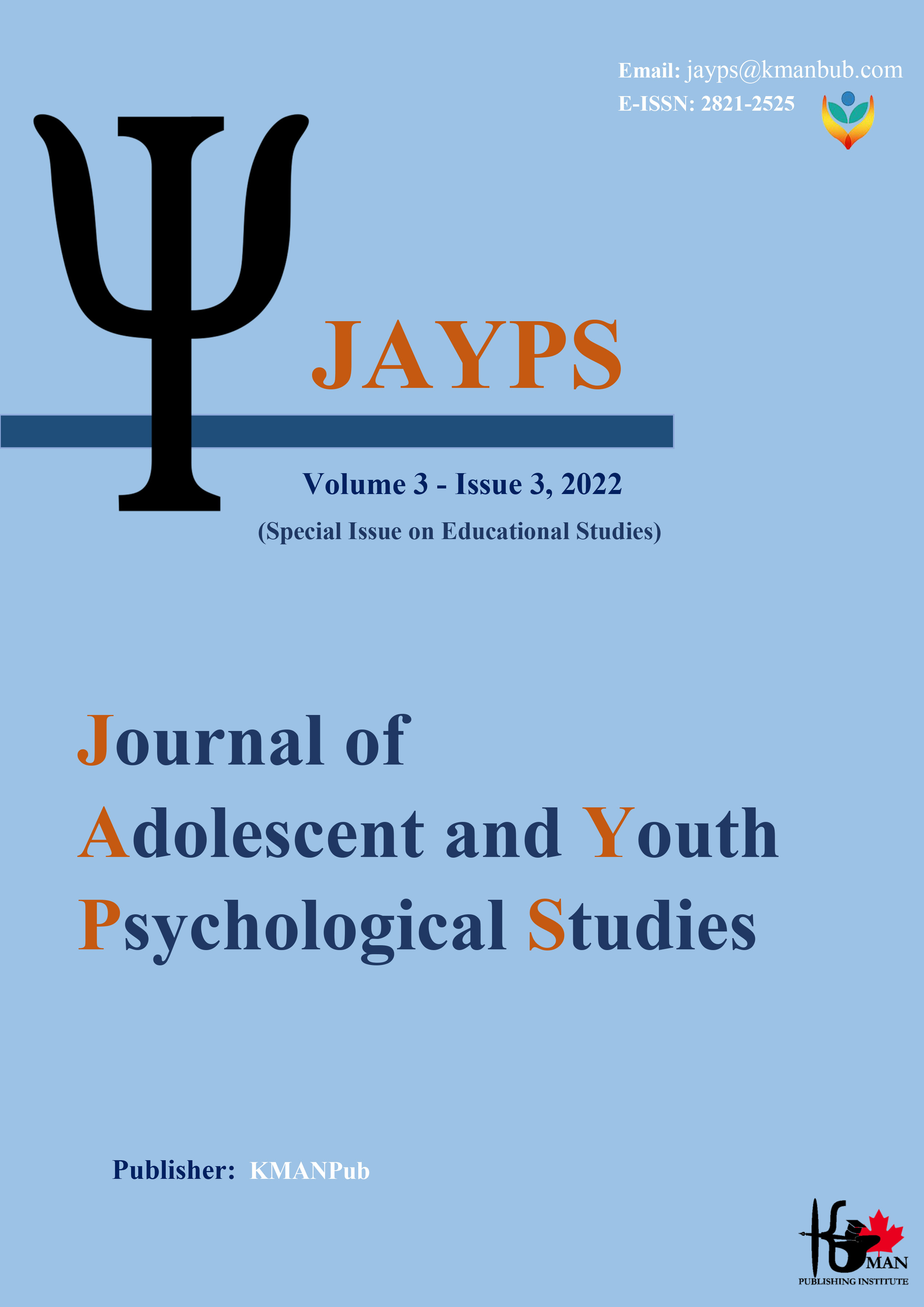Identifying and prioritizing the components of resilient schools with emphasis on students' academic performance
Keywords:
resilience, resilient schools, hierarchical analysis.Abstract
Background and Aim: By taking measures, schools can provide coping skills and life management tools to help teachers and students to manage daily stress and bring positive effects on students' academic performance and health. Therefore, the current research was aimed at identifying and prioritizing the components of resilient schools. Methods: The method of the current research was a combination (qualitative-quantitative) which was first used with the qualitative method-database analysis and then in the quantitative part, the hierarchical analysis method was used. It was also practical in terms of purpose. The statistical population of this research included faculty members, specialists and school administrators of Kurdistan province. In order to select the sample, 16 people were selected by purposive sampling method. For the validity of the findings, the formal method was used, and for the reliability, the agreement coefficient method between the coders was used, and the value was 0.90. Results: The findings showed that the components of resilient schools include 5 core components and 21 sub-components. Based on this, causal conditions include 4 themes (comprehension of life skills, communication, promotion of social status and development of students' capabilities); contextual conditions including (facilities, teaching-learning process and leadership); Intervening conditions include (salaries and benefits, attention to students' needs); The strategies include (extra-curricular activities, training, support for teachers, development of participation, the appropriateness of the content of textbooks, refreshment) and the consequences include (self-awareness, mental health and promotion of public health). The components, the criterion of learning life skills, provision of extracurricular activities, facilities, rights and benefits, and self-awareness were in high priority compared to other criteria. Conclusion: Therefore, it can be said that paying attention to the mentioned criteria in schools can become an environment in order to strengthen the all-round resilience of teachers and students, and as a result, their professional and academic growth.
Downloads
Downloads
Published
Issue
Section
License

This work is licensed under a Creative Commons Attribution-NonCommercial 4.0 International License.









